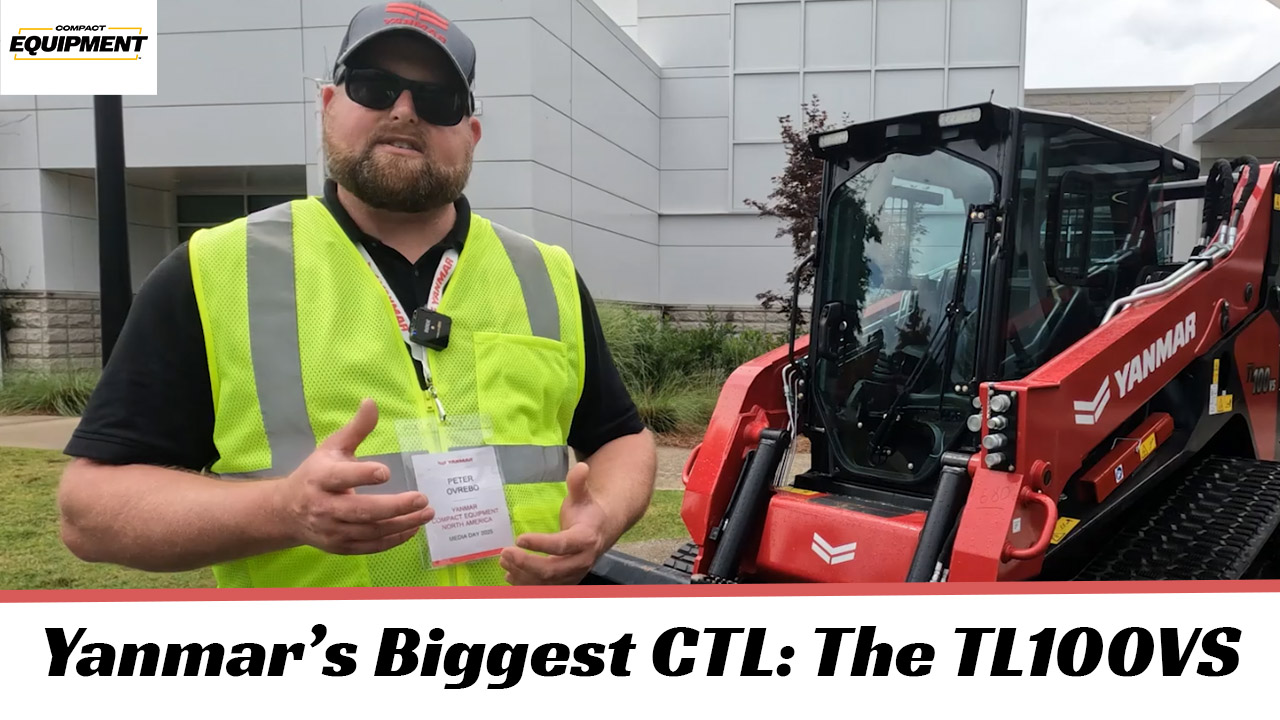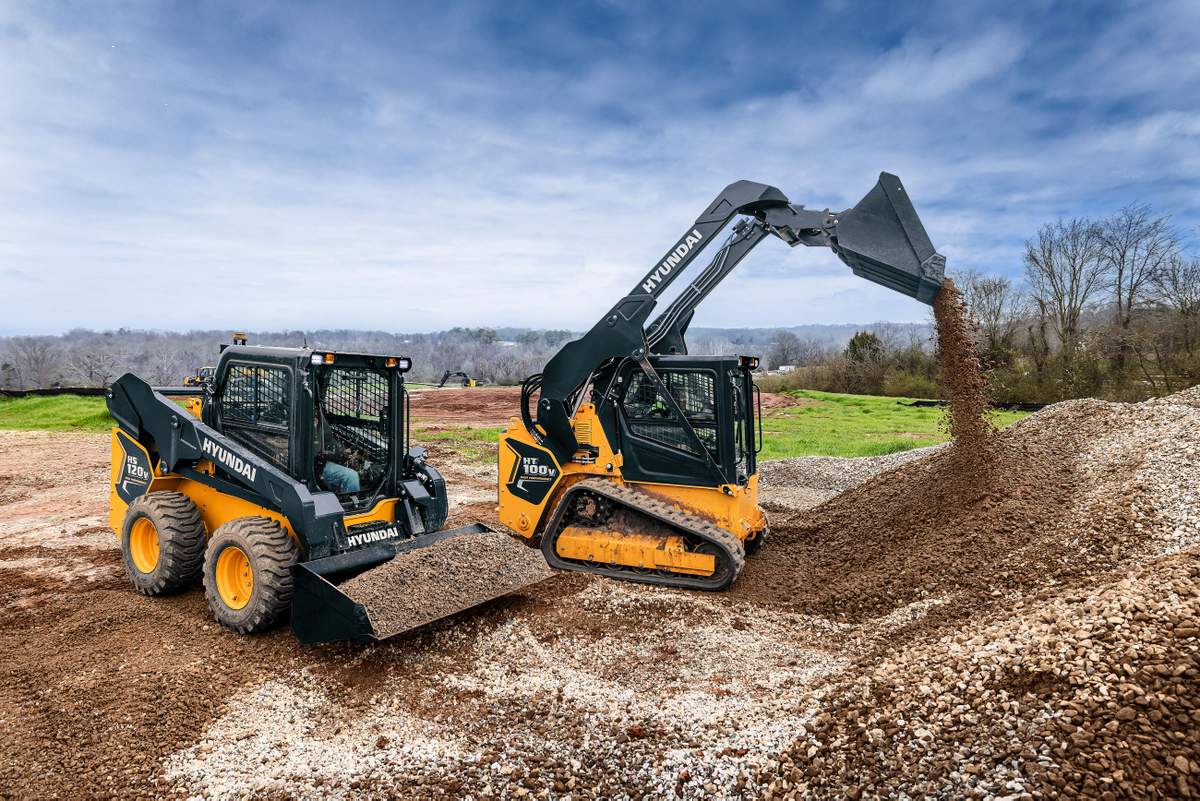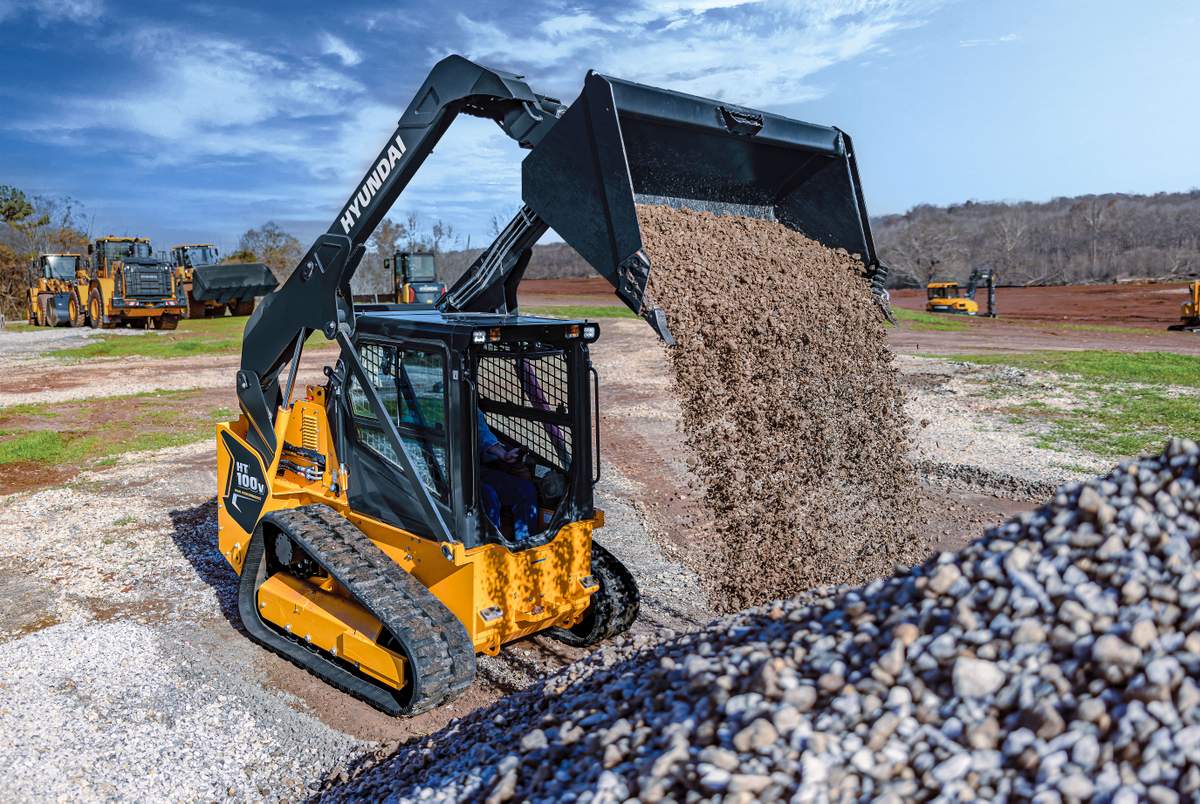Point Break
Compact utility loaders are the topmost tool carriers — mini hydraulic power plants made specifically to run a zillion different attachments. This versatility pushes compact utility loaders into a myriad of market sectors. The single-drive-unit/multiple-attachment approach to project solving has revolutionized the way today’s contractors view their equipment needs — even when it comes to some mighty tough-to-please contractors — like the boys of demolition.
We’ve all seen how compact utility loaders empower landscape contractors. Never before has a single machine been capable of performing so many key tasks, delivering higher levels of productivity while saving the operator both time and money. However, a new trade is employing these miniature powerhouses and these fellas don’t take lightly to a lack of power or functionality. These professionals demand the most from their equipment — the destruction and reconstruction of demolition applications.
Antiquated ideologies point toward two solutions when it comes to demolition — big equipment or hand labor — neither of which ever seems to be the most practical or readily employable. Large-scale demolition still requires large scale machinery, but for tactical demolition or restructuring projects, you might want to consider the machines with a formal education in delivering big power in small places, the compact utility loader (or mini skid steer or mini track loader, depending on the brand).
Most contractors are familiar with the compact utility loader’s universal mount plate, hydraulic configurations and purpose-built attachments. However, not everyone is aware that most hydraulic-powered hand tools, specifically in the percussion and cutting functions, can take advantage of the 3,000-psi heartbeat of these mini power plants. Coupled with their small footprint and inherent ability to maneuver in tight places, compact utility loaders provide portable power to an array of hand tools including: hand-held breakers, diamond chain saws, hammers, traditional and coring drills and ring saws.
In many instances these hydraulic hand tools come standard equipped with universal couplers that already fit compact utility loaders. When working indoors and especially in the lower level foundation of a building, hooking these labor-saving hand tools up to a hydraulic power unit can be problematic. This is not the case if you’re organization employed a compact utility loader.
Foundation restructuring or under-girding, as it is often referred to, is the demolition proving ground for compact utility loaders. This arena requires versatility, agility and raw power. Due to the complexity of a demolition contract and the multiple functions required to complete the project, a multi-functional task master like the compact utility loader can reduce your equipment spending while simultaneously reducing downtime. A classic example is moving the hydraulic breaker to bring in a loader to remove the debris. With a little loader, you simply switch attachments (which are typically smaller and easier to manage) and keep on working.
Tactical demolition requires cuts be made prior to the hammers, breakers and buckets taking charge. A ring saw or concrete saw can simplify the process and a level of accuracy to the project. By cutting first, you remove the risk of destroying structurally sound materials that may be adjacent or adjoining the material to be removed.
“We cut everything first, it reduces wear and tear on both my crew and my equipment,” explains Kevin Sweeney, KJS Contracting, Waxhaw, N.C.
Imagine if the three- or four-person crew you’re accustomed to dispatching to a typical job could be reduced to two. Sounds too good to be true, but many contractors say this is the case.
“We use a BOXER 532, and it’s a damn good machine,” says Sweeney. “It has the power to relocate heavy materials such as concrete with rebar and has the speed to do it efficiently. I can’t always get a wheeled loader or traditional skid steer into my work environment. That means I have to pay people to manually haul out materials. They don’t like it and neither do I. Not to mention, there is nothing safe about someone schlepping 100 lbs of concrete rubble in a couple 5-gal buckets.”
Aside from material handling, a compact utility loader can power its way through the toughest of substrates. Attachment and hydraulic tool manufacturers have caught onto the small tool carrier growth trend and are producing tools specifically for demolition on the compact utility loader mount-plates. For example, Stanley, a leader in hydraulic tools, makes two lines of breakers specifically designed for compact utility loaders. These robust hammers pack more than enough punch to tear down a concrete wall or make light work of demoing a floor.
As the demolition sector continues to grow, one would expect to see new and innovative products develop.
“When it comes to demolition, the 532 DX is our Cadillac,” says Mark Myrick, international sales manager for Compact Power. “In addition to the raw power of this unit, the 532 has a variable track undercarriage allowing the unit to withdraw its tracks to pass through narrow access points and then expand them again for added stability. The unit comes standard with a dual hydraulic circuit allowing the user to employ a larger variety of attachments.”
The manufacturers are reengineering machines and attachments to cater to the specific needs of the demolition contractor. “Our distributors in Europe, Australia and New Zealand see huge growth potential in the [compact utility loader] market, specifically as solution providers to the challenges of the demolition sector,” says Myrick. “In fact, our distributor in Norway, Dia Proff Norge, has converted a BOXER into an electric drive, remote-controlled unit to allow contractors access to areas deemed too dangerous or otherwise unsuitable for human occupancy.”
The compact utility loader’s adaptability is what makes it a powerful do-it-all tool for contractors, and once demolition pros realize their full potential, reconstruction crews will be tearing down new walls when it comes to equipment usage.
Andy Lewis is the marketing communications manager for BOXER Equipment, based in Fort Mill, S.C.





Comments are closed here.